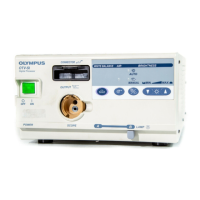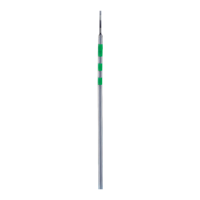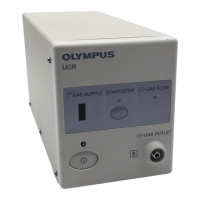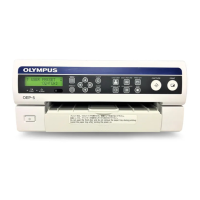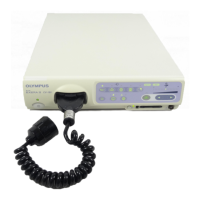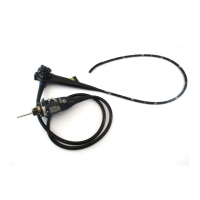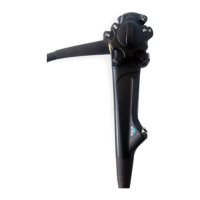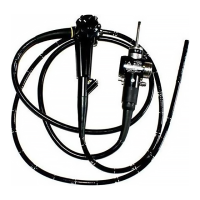Do you have a question about the Olympus SOLTIVE Premium and is the answer not in the manual?
Lists necessary components for laser system setup.
Instructions for connecting the power cable to the laser system.
Steps for powering on the laser system and initial startup.
Guide to wirelessly connect the footswitch to the laser system.
Procedure for connecting the laser fiber to the system.
How to check details of the connected laser fiber.
Steps to modify the intensity and mode of the aiming beam.
How to adjust pulse energy, frequency, and pulse width.
Instructions for switching between Standby and Ready modes.
Process for initiating laser emission using the footswitch.
Guide to setting up and saving custom treatment parameters.
How to manually set treatment parameters without presets.
Steps to access and export treatment logs via USB.
Notes on blast shield and interlock connector setup.
Explains units like Hertz, Joules, and Watts used in the system.
| Laser Type | Thulium Fiber Laser |
|---|---|
| Wavelength | 1940 nm |
| Electrical Requirements | 100-240 V AC, 50/60 Hz |
| Power Supply | 100-240 V AC, 50/60 Hz |
| Operating Modes | Pulsed |
| Aiming Beam | Integrated red diode laser |
| Fiber Diameter Compatibility | 200 μm, 400 μm, 550 μm, 800 μm, 1000 μm |
| Display | Touchscreen LCD |
| Connectivity | USB, Ethernet |
| Intended Use | Urology, Lithotripsy and soft tissue applications |
